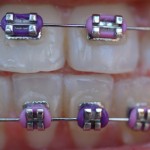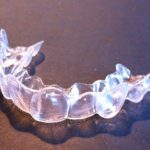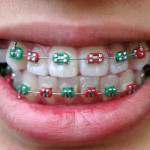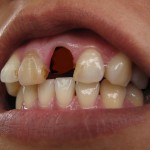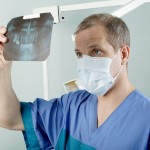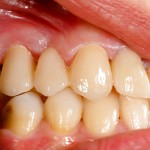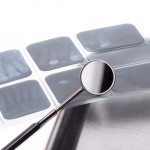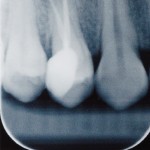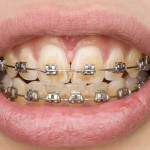
This review comparing orthodontically induced external apical root resorption (EARR) in root-filled teeth and vital pulp teeth included 11 mainly retrospective studies . The findings suggest less EARR in root-filled teeth but the evidence is of very low certainty.
[read the full story...]